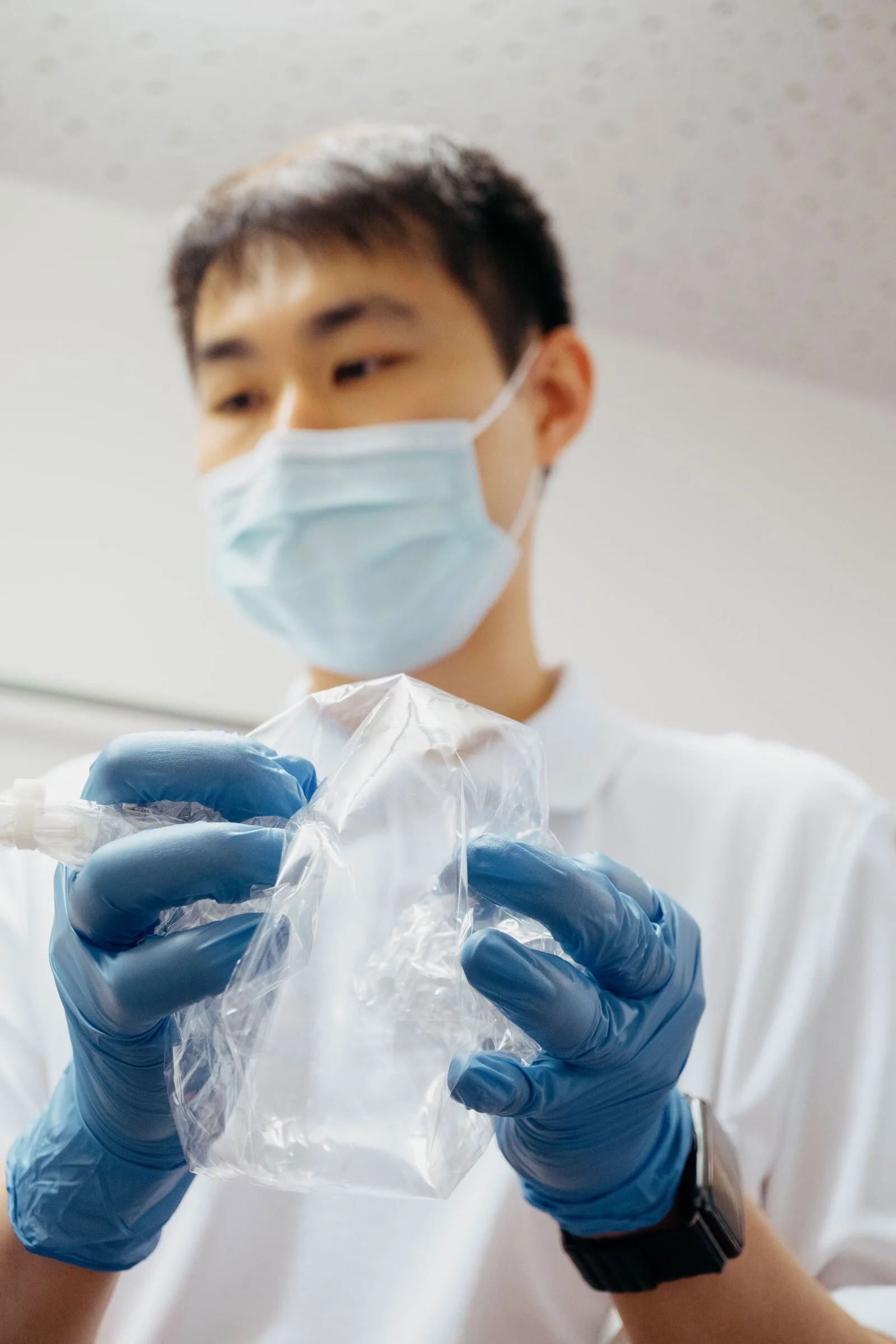Finding the Sweet Spot: Optimizing Anesthesia Dosage Through Breath Analysis
Getting anesthesia just right is a delicate balancing act, especially when it comes to our youngest patients. Too much or too little can lead to complications, making it crucial to find the optimal dosage. Now, a promising pilot study suggests that analyzing a patient’s breath could be the key to more precise anesthesia administration.
The Challenge of Pediatric Anesthesia
Administering anesthesia to children presents unique challenges. Factors like weight, age, and individual metabolism all play a role in how a child responds to anesthetic drugs. Traditional methods often rely on estimations and observations, which can sometimes lead to inaccuracies.
Breath Analysis: A Novel Approach
This new study explores the potential of breath analysis as a tool to fine-tune anesthesia dosages. Here’s how it works:
- Real-time Monitoring: Breath samples are collected and analyzed in real-time during the anesthesia process.
- Identifying Biomarkers: The analysis focuses on specific biomarkers in the breath that indicate how the body is processing the anesthetic drug.
- Dosage Adjustment: Based on the biomarker levels, anesthesia personnel can adjust the dosage to ensure the patient is receiving the optimal amount.
More Than Just Dosage: Understanding the Body’s Response
The benefits of breath analysis extend beyond simply determining the right dosage. It can also provide valuable insights into how an individual’s body is reacting to the anesthesia. This information can help healthcare providers anticipate and manage potential side effects or complications.
Potential Benefits of Breath Analysis in Anesthesia
- Improved accuracy in dosage administration, especially for pediatric patients.
- Reduced risk of over- or under-sedation.
- Better understanding of individual patient responses to anesthesia.
- Potential for fewer side effects and complications.
Final Overview
While this pilot study is promising, further research is needed to validate these findings and explore the full potential of breath analysis in anesthesia. However, it represents a significant step forward in our quest to personalize and optimize anesthesia care for all patients, especially our vulnerable pediatric population.




+ There are no comments
Add yours